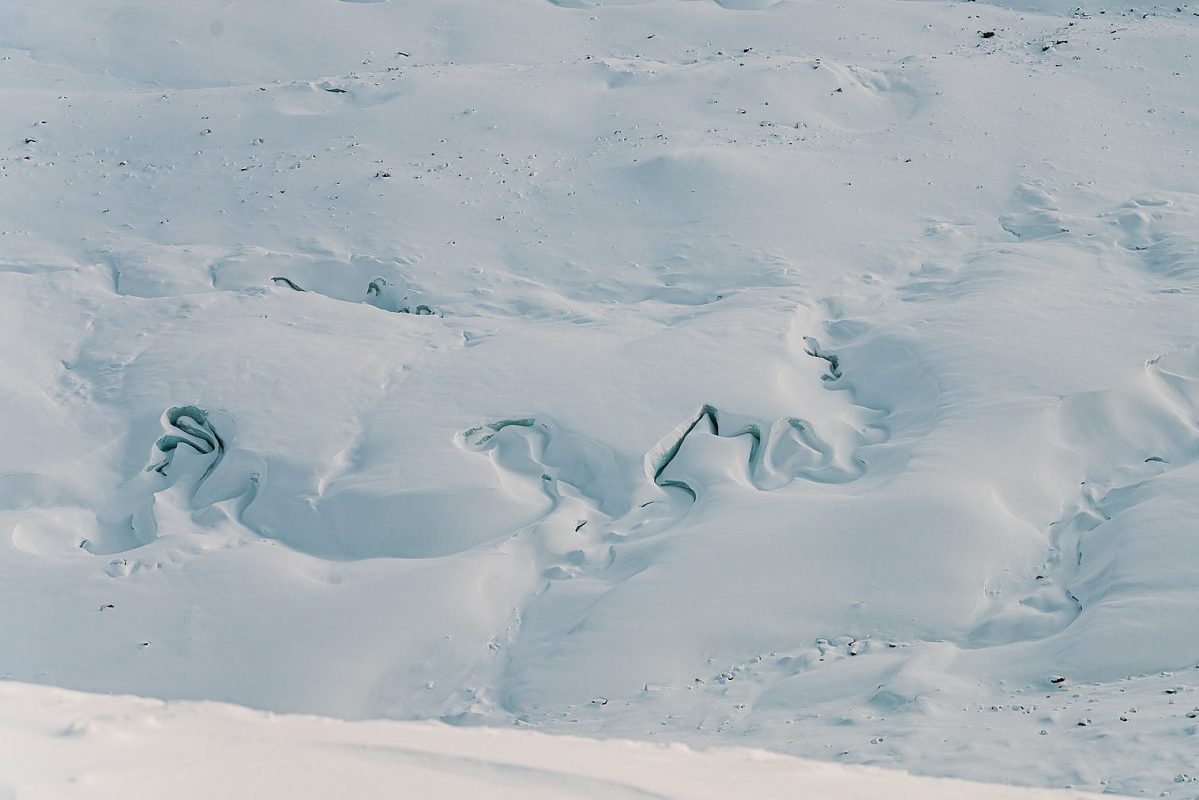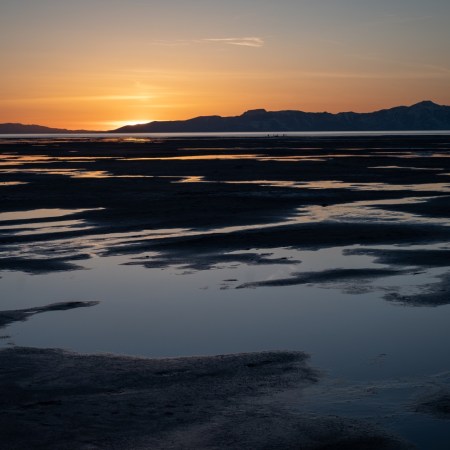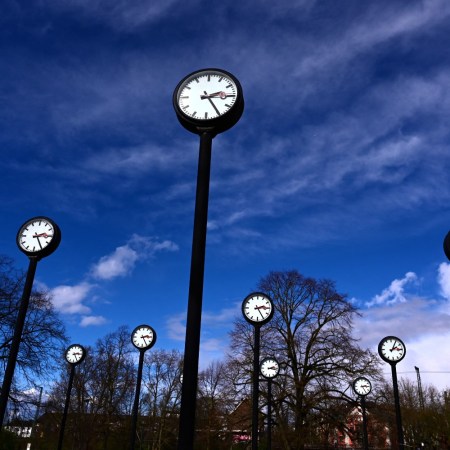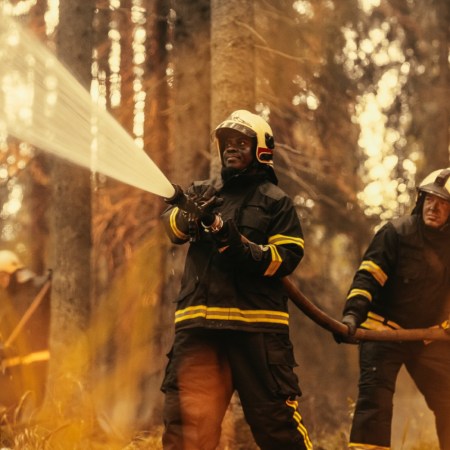Sometimes describing the effects of climate change in easy-to-comprehend ways is a challenge. It’s one thing to talk about average temperatures increasing or sea levels rising, but it’s harder to clearly illustrate what that looks like in practice. Every once in a while, though, a piece of data comes to the forefront that makes the effects of climate change all too clear, and this summer has brought exactly that.
So let’s turn our attention to Switzerland for a moment. Travel to Switzerland and you’re likely to see glaciers; there’s a reason that a railway that runs between ski resorts is called the Glacier Express. But new data suggests that Switzerland’s glaciers are half the size they were in 1931 — a piece of information which is, pardon the pun, chilling.
This data comes via a recent Reuters article which, in turn, cites a paper published in The Cryosphere. The paper’s authors made use of archival images ranging from 1916 to 1947. Its authors conclude by “[estimating] a halving of Swiss glacier volumes between 1931 and 2016 by mapping historical glacier elevation changes at high resolution.”
As the Reuters article points out, some of this has to do with the fact that Alpine temperatures are increasing especially quickly. But even if the country’s glaciers had only lost 25% of their volume in the last 90 years, that would still be a relatively alarming figure.
Now, the effects of climate change on winter sports have been well-documented to date. This latest study, though, zeroes in on one particular region, and makes it absolutely clear what a warming planet has done to some of its most iconic winter landscapes — and raises an alarm over what might come next.
Thanks for reading InsideHook. Sign up for our daily newsletter and be in the know.


















